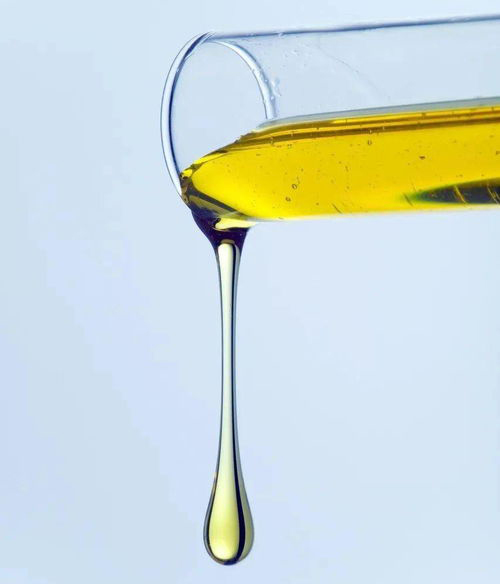How Temperature Affects Lubricants?
When using a lubricating oil purifier, you may want to know what the influence of temperature point on lubricating oil is, and how the temperature affects it. Today, let us quickly understand it. The main physical properties of temperature-dependent lubricants include viscosity, viscosity index, pour point, and base oil. Let’s deal with each of these separately.
4 Factors that Affect Lubricants Through Temperature
1. Viscosity
The viscosity of the oil is said to be the most important consideration when choosing a lubricant. The viscosity of the oil is its flow capacity or its internal flow resistance.
For example, when an oil film forms between a bearing and a shaft, some oil molecules are attracted to the shaft surface, while others are attracted to the bearing surface.
This is called the shear rate and is directly affected by the viscosity of the oil and the operating temperature. Multistage oils with lower (thinner) viscosity usually have higher potential shear rates, while oils with single viscosity usually have lower potential shear rates.
Since oils with lower viscosity and high potential shear rates must still maintain an adequate film, it is clear that as temperatures increase, the film may fail and metal-to-metal contact may occur.
If the viscosity of the oil is too high and the underlying shear rate is low, the internal resistance of the flow can raise the temperature dramatically, leading to overheating conditions, which can also cause the oil film to rupture and may lead to oil oxidation. Therefore, it is important to always consider the operating temperature of the equipment when selecting oil products.
The most common term used to describe viscosity is kinematic viscosity, which is measured in centistokes (CST) at 40C and 100C respectively. These specifications are always listed on oil company datasheets.

2. Pour point
The pour point of the oil is defined as the minimum temperature at which the lubricant flows. It is often wrongly used as a viscosity selection standard for oils.
For example, suppose the pour point of oil is minus 30 degrees Celsius. Most people think this means oil will flow into the bearings of the equipment even if the ambient temperature is -30 degrees Celsius. This is a fallacy.
At best, an oil with a pour point of minus 30 degrees Celsius and operating at an ambient temperature of minus 30 degrees Celsius will only agitate in the pump until agitation causes the oil temperature to rise. This, in turn, thinns the oil sufficiently so that it begins to flow slowly through the oil passage towards the lubricating parts.
Typically, this process takes five to 10 minutes or more, during which time the individual components can be badly damaged because the oil is actually too thick to flow. Do not choose lubricants based solely on pour point.
3.Viscosity index
Oil viscosity index (VI) is a term used to describe an oil’s “ability to resist viscosity changes with temperature”. For example, an oil that becomes significantly thinner (viscosity decreases) with increasing temperature is said to have a low VI. An oil whose viscosity does not change significantly when heated is said to have a high VI.
This temperature/viscosity relationship is the most critical and important consideration when selecting oils that will operate at dramatically varying temperatures. The viscosity index is especially important when selecting oil for winter or high Arctic operations in the northern United States and western Canada.
Most industrial mineral lubricants that may be used in temperature-controlled manufacturing plants or production facilities require only VI with 55B100. However, oil with VI up to 175 is available and may be necessary at Alaska mine facilities or transport operations. Viscosity index specifications are not always listed on oil company data sheets or specifications but should be.
4. Crude oil
Base oil should also be considered when selecting lubricating oil. Mineral (non-synthetic) oils have different bases depending on their molecular and chemical structure. The base oil may be paraffin, naphthenic or aromatic, and the selection process should consider the type of base oil.
For example, naphthenic base oils have a lower natural VI and can be used in equipment where extreme temperatures do not affect operations. On the other hand, paraffin base oils have a significantly higher natural viscosity index than naphthenic oils, making them ideal base oils for lubricants for outdoor applications. Fortunately, many of the natural mineral oils produced in North American oil fields are of paraffin form.
Conclusion
Aside from among factors, there are many other uncertain factors that may affect lubricants, the best way to clear your lube oil is to use a lube oil purifier, Our company is a reliable oil purifier manufacturer you should trust in, we have the most professional team to give you best suggestions of purifiers.


